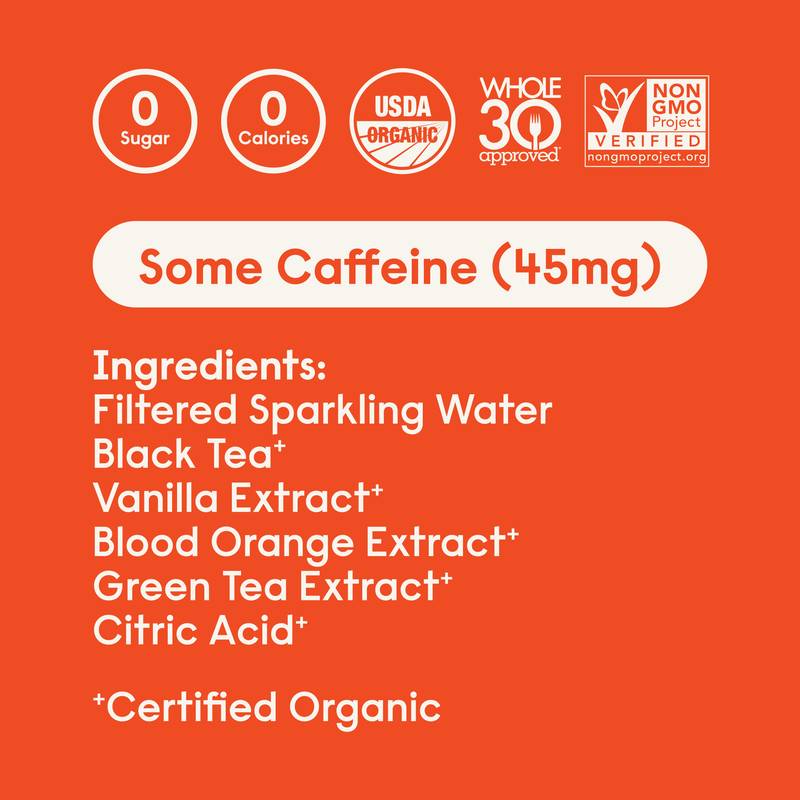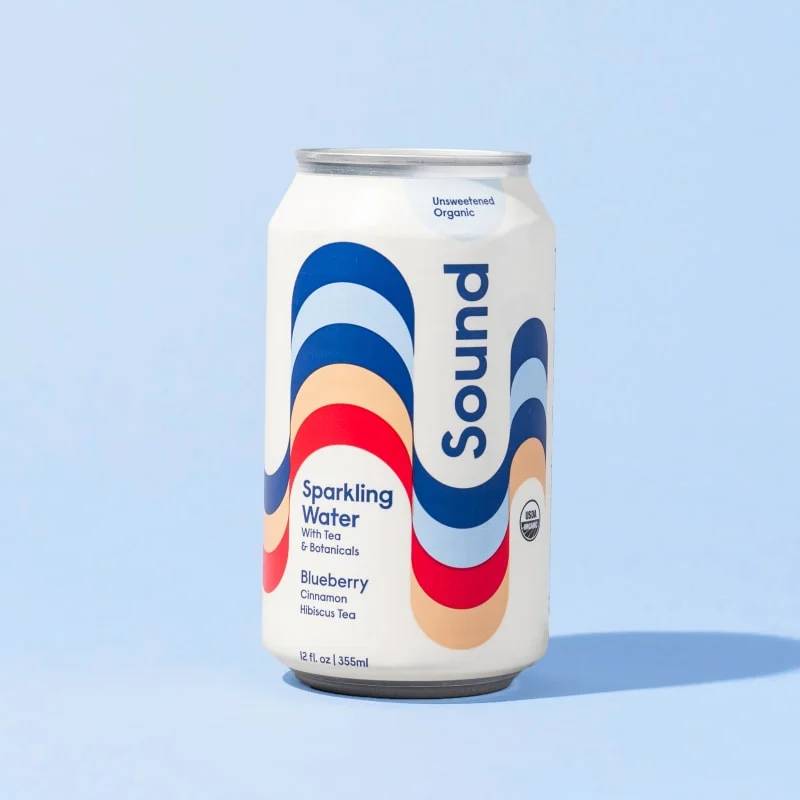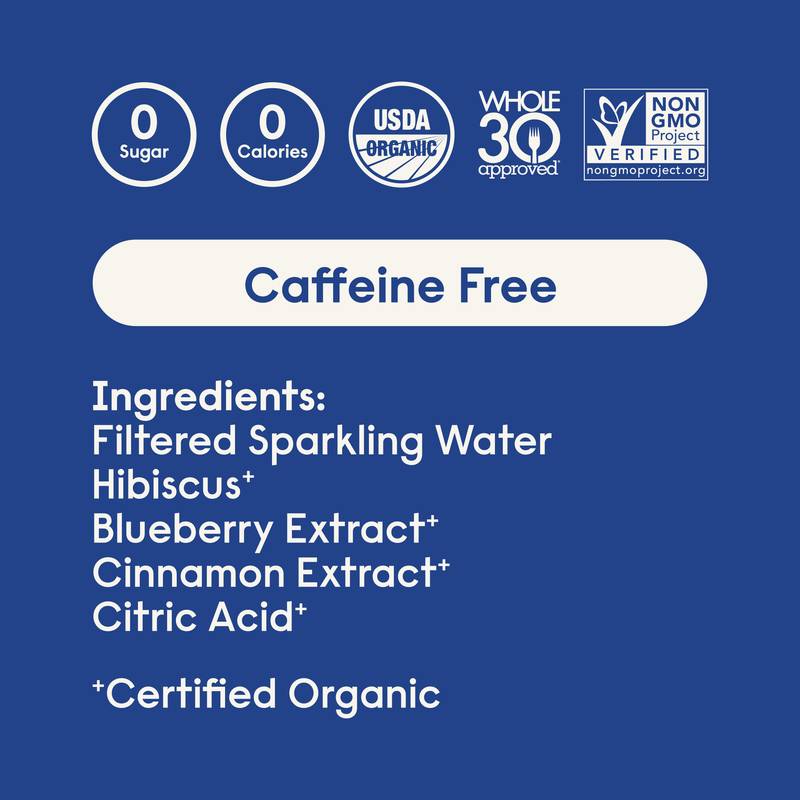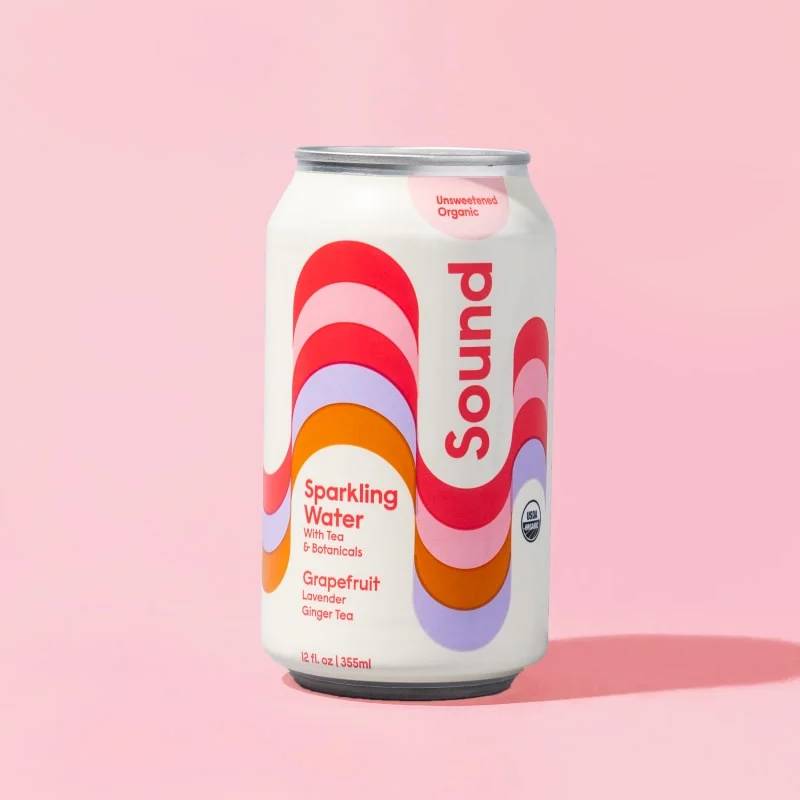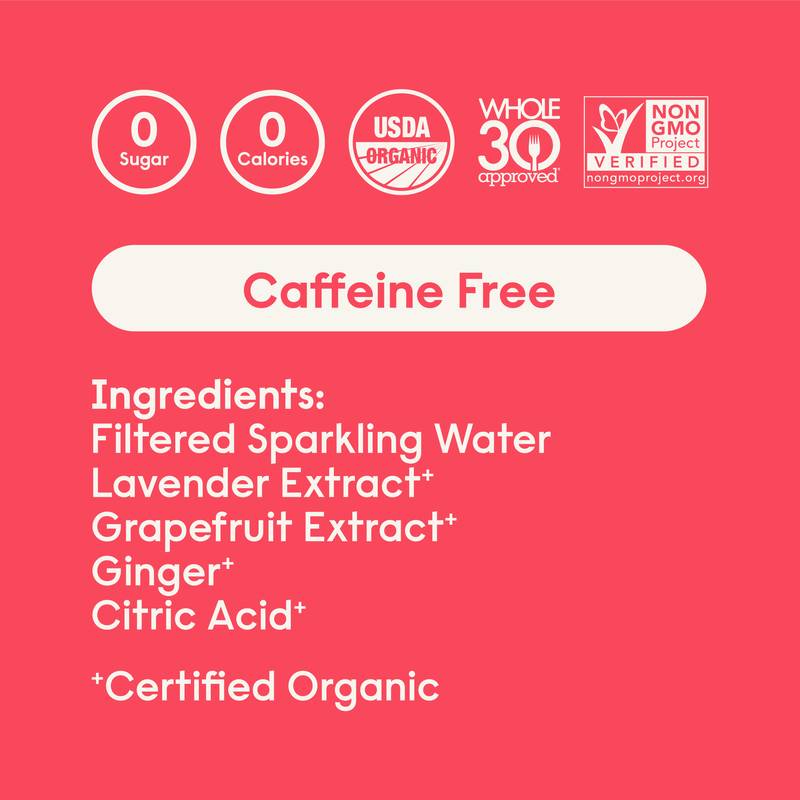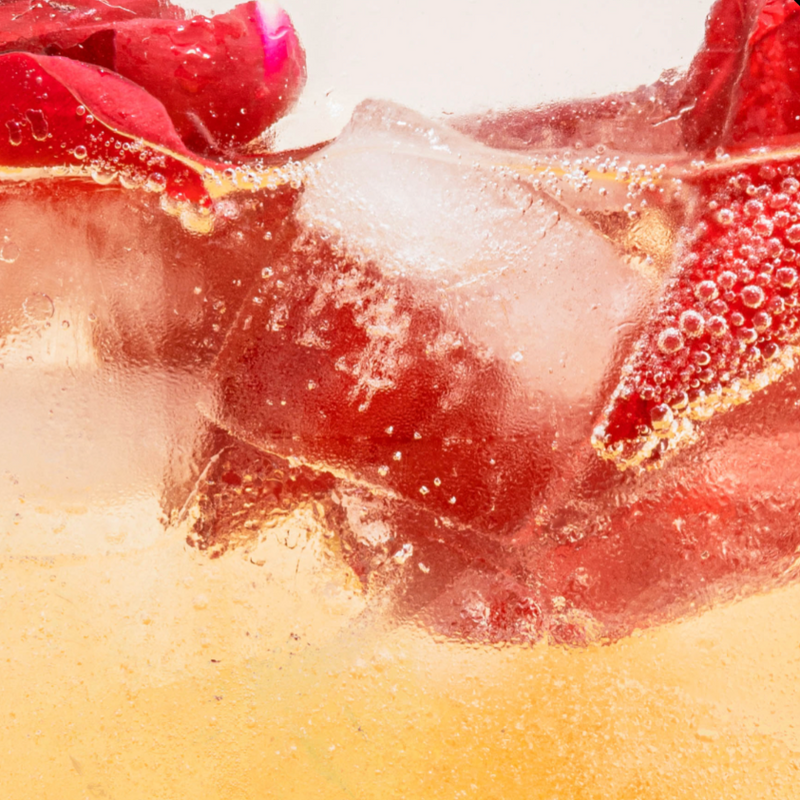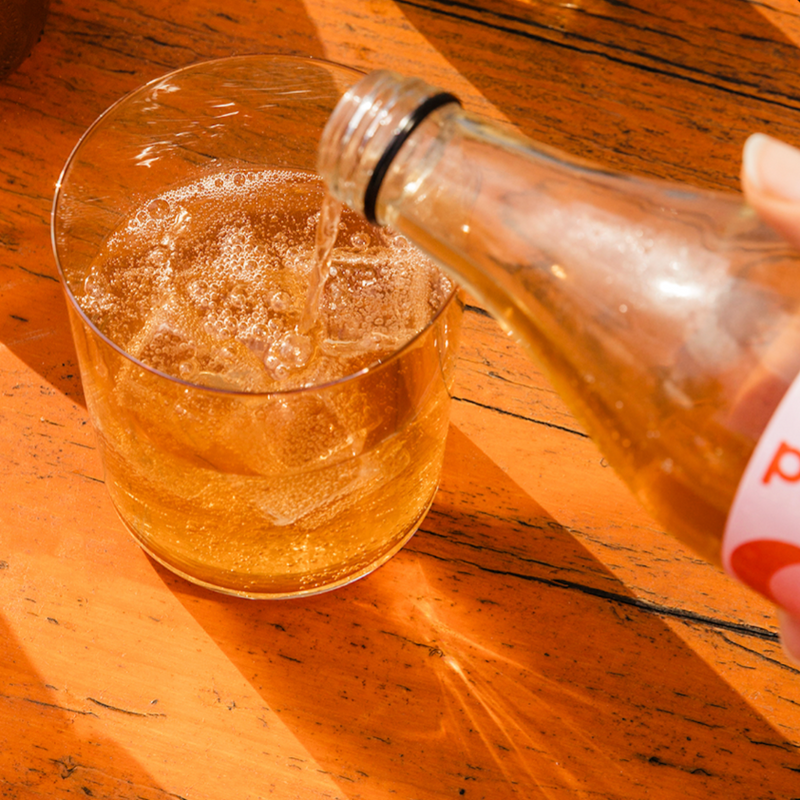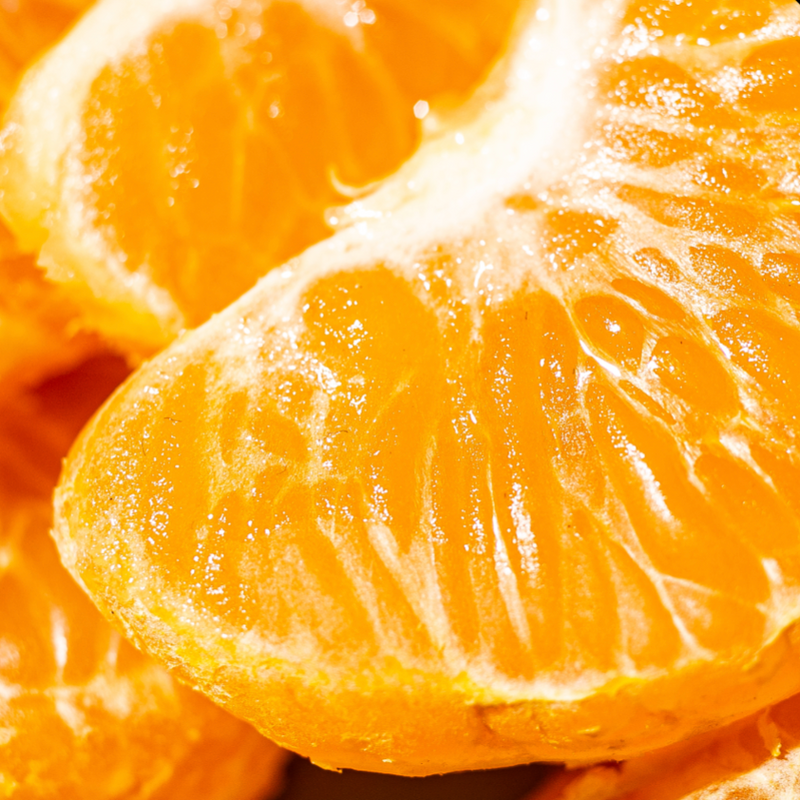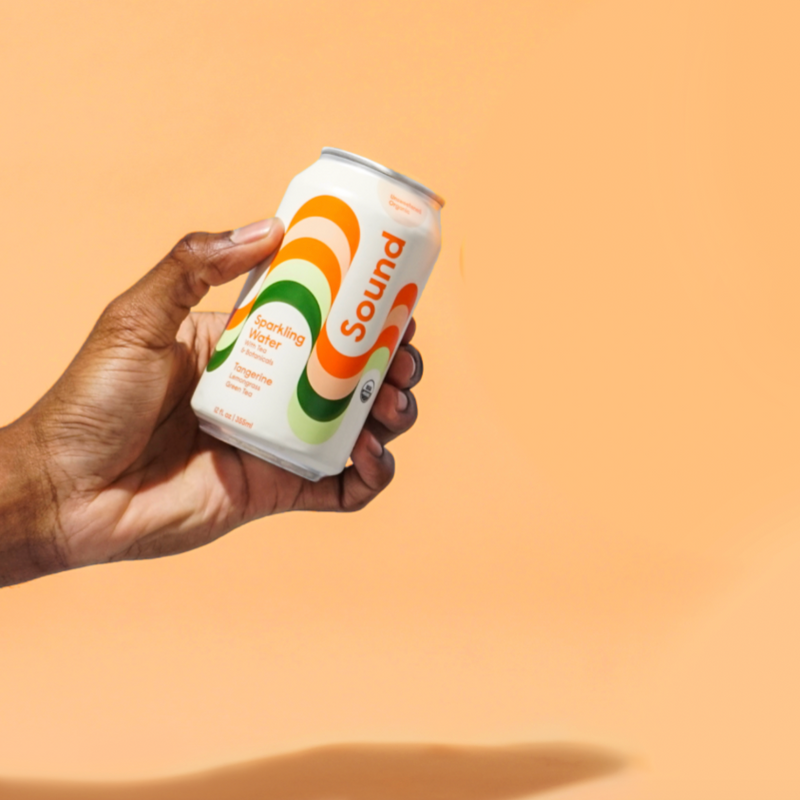Hibiscus “tea”, often called sour tea due to its mild tart flavor, is one of those gorgeous examples of natural beauty, ya know? It’s bright-red color is derived from the beautiful Hibiscus sabdariffa flower. Because it’s from a flower (vs the tea plant Camillia sinensis), this makes it an herbal tea, and so also free of caffeine.
Are there benefits?
Research has shown that drinking hibiscus tea can help lower blood pressure, even sometimes just as well as a blood pressure lowering medications (i.e Captopril). Studies show that drinking hibiscus tea can also improve cholesterol profiles, lowering total cholesterol and LDL levels, without impacting HDL (or ‘healthy’ cholesterol). For perspective, from my review, it seems participants in the human-inclusive studies were consuming around 2-4 8oz cups of hibiscus tea per day for 4-6 weeks. It’s believed that the anthocyanins in hibiscus tea are responsible for its blood pressure and cholesterol-lowering effects. Strong research has historically shown that anthocyanin intake can reduce the risk for heart disease. As a quick review of anthocyanins, these are a type of polyphenol (plant antioxidant) that is found in many plants with pigmentation of red, blue and purple (i.e., berries).
Food is medicine, people!
*As with all dietary choices, please speak with your physician about whether hibiscus tea is a good fit for you.


